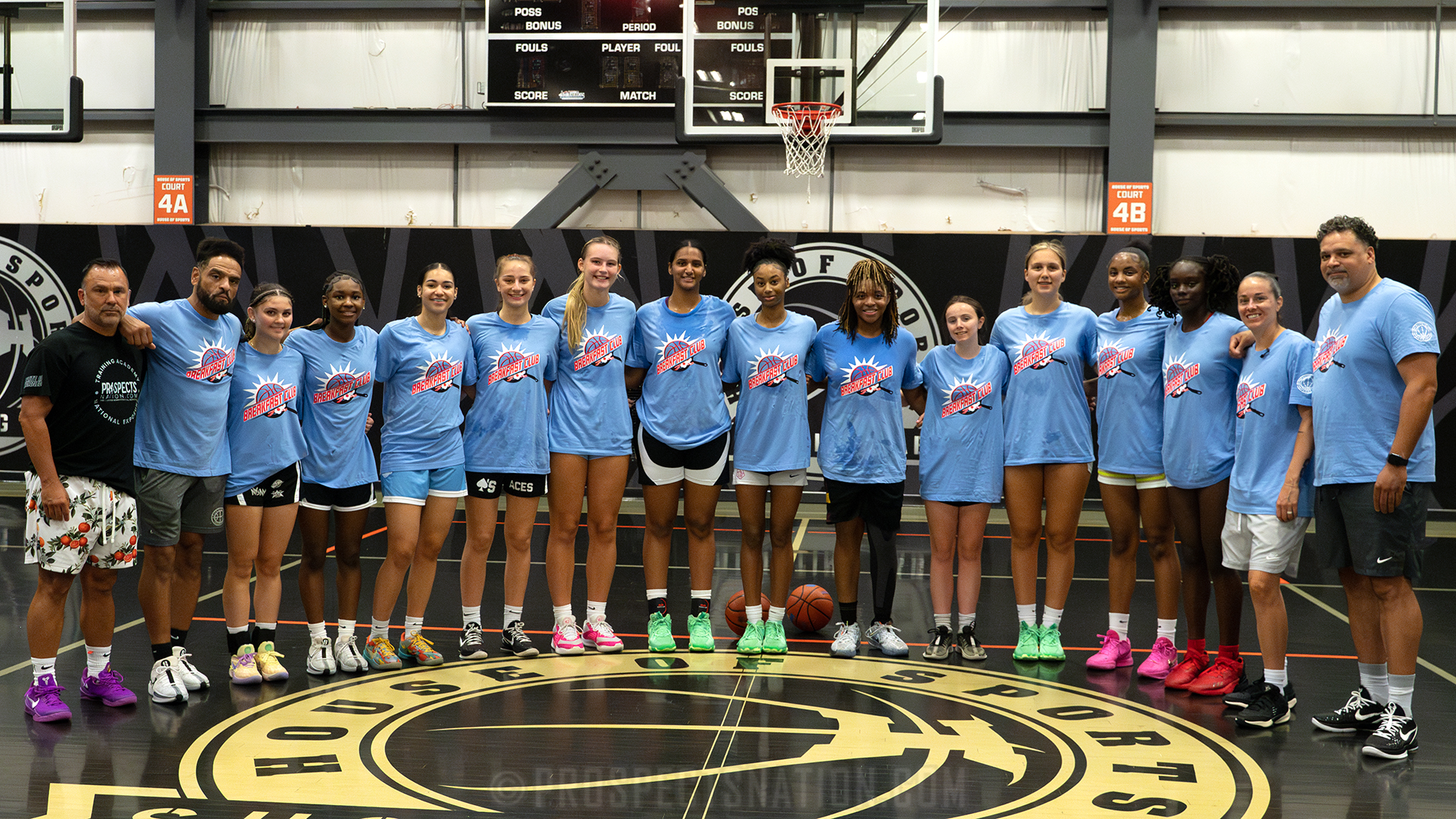BACKGROUND AND QUESTION
The recent talk of the NCAA possibly allowing immediate eligibility for offseason transfers who meet grade-point average criteria brings a lot of interesting discussion about the virtual free agency of the sport.
The counter to the idea that transfers are out of control was the calm that came with the semester break this winter. Each year we expect a certain number of transfers as the total games played reaches double digits and those expecting to play lose patience. But for whatever reason December 2017 was quiet, at least with regards to players ranked in the top 100 coming out of high school.
So the question for today’s Platinum Roundtable: Is this the calm before the spring and summer storm of transfers or are the kids likely to transfer already done after four years of at least 20 percent of the top 100 transferring?
THE DISCUSSION
The patience of the current freshman class is giving the sport a false positive in my opinion. There will be plenty of activity this spring and summer as rumors are already swirling with several players. The numbers really aren’t that different as the classes of 2012-2015 have no fewer than 20 transfers and an average of 23.25 percent of the top 100 changing schools. The 2016 class is just two transfers away from hitting the 20-player threshold and a coaching change or two could change that alone.
Perhaps the next question to ask is if the proposed legislative change will encourage transfers because the short term desire is to play. The counter argument is the long term takeaway, which for many transfers who sit, means graduating early and either being able to transfer again or obtaining a master’s degree for free. But our current athletic culture is near-sighted so I hesitate to think the loss of a potential master’s degree will weigh heavily on elite prospects.
The lack of movement at the semester break is an aberration based on the numbers and trends of the past decade. Look for more transfer waves than normal at the close of the season to balance out the slow winter. Schools continue to get more creative in ways to get transfers immediate eligibility as well making it more attractive for All-Conference caliber players on struggling rosters to leave their current situation. Also, keep an eye on the graduate transfer rate as well. There should be several notable names making their way to new destinations in the spring if past years are any indication.
An economic recession is defined as "a decline in trade and economic activity for two successive quarters."
In this current market of transfers we just a saw a pullback at the Christmas break. In past years this is a hot time for players to move from a perceived bad situation to a better one. It is too early to declare that we have a new trend of stability in women's basketball rosters. Before we begin speculate as to the reason as to why this happen we will need to wait until the spring to see the numbers that produced. If we see yet another pullback for a second consecutive period, we can officially declare this a new trend.
It is the calm before the storm for sure. The proposed legislation to change the transfer rule had an inevitable impact on mid-year transfers this season. Look for the transfer wire to be active this spring with coaching changes and players looking for new homes. I expect this spring to be as hectic as ever.






